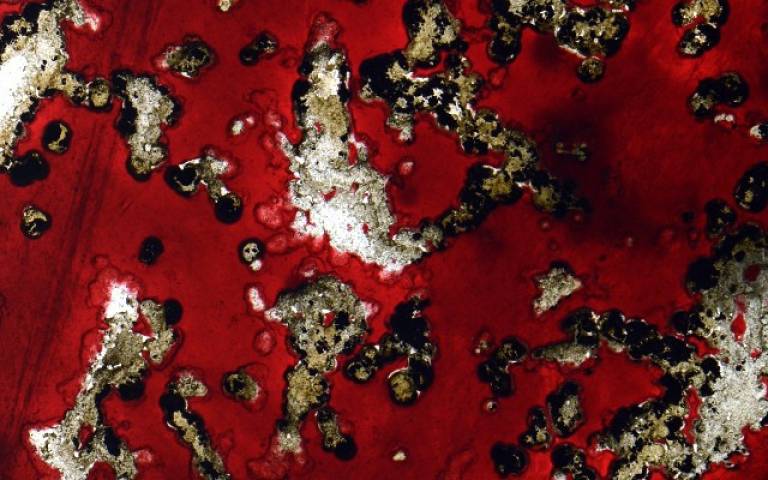Student Ian Maybury publishes on imaging Armenian Manuscripts in journal Heritage Science
13 December 2018

SEAHA student Ian Maybury, alongside researchers David Howell, Melissa Terras and Heather Viles has published the paper ‘Comparing the effectiveness of hyperspectral imaging and Raman spectroscopy: a case study on Armenian manuscripts’ in journal Heritage Science.
Hyperspectral imaging was originally developed for remote sensing. It allows the characterisation of a scene by providing a reflectance spectrum for each pixel in an image and is commonly used to provide information on the geography of an area. In this study the efficacy of HSI for the identification of pigments in works of art was investigated. The study compared how well HSI between 400 and 1000 nm was able to differentiate between different pigments compared to an established technique (Raman spectroscopy) using illuminated Armenian manuscripts from the Bodleian Libraries (Oxford University) as a case study to demonstrate the use of the equipment.
The two techniques worked very well together. Raman spectroscopy can identify pigments much more accurately than HSI. This is because a Raman spectrum has characteristic peaks, but a reflectance spectrum in this range has very few distinguishing features. However it takes much longer to sample on a point by point basis and to scan in large areas using Raman spectroscopy. HSI can scan a large area quicker than Raman spectroscopy, and can be used in conjunction with Raman spectroscopy to map different regions of colour within the artwork. In essence, the most effective approach is to use the identification accuracy provided by the Raman spectroscopy, combined with the mapping functionality of HSI, to map the occurrence of individual pigments across a large area. This is useful for feature detection, monitoring for conservation, and investigating an items’ provenance or history.
Links
- Read the article on comparing the effectiveness of hyperspectral imaging and Raman spectroscopy: a case study on Armenian manuscripts
- School of Geography and the Environment, University of Oxford
- Heritage Science
- Bodleian Library
- Headwall Photonics
 Close
Close

